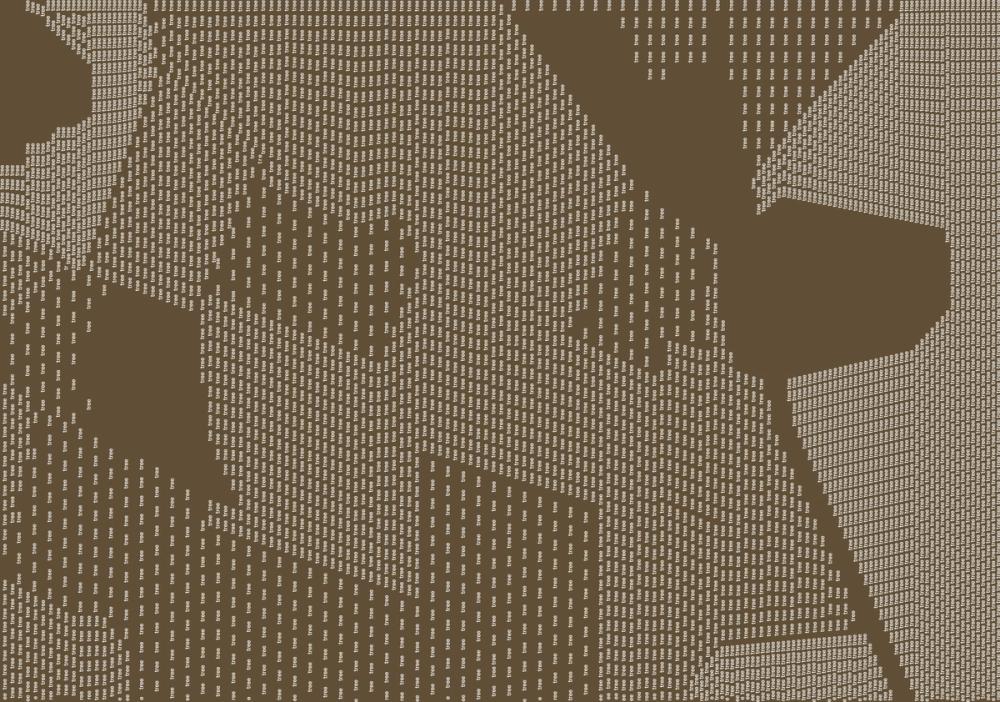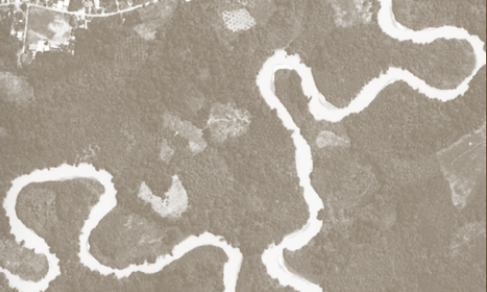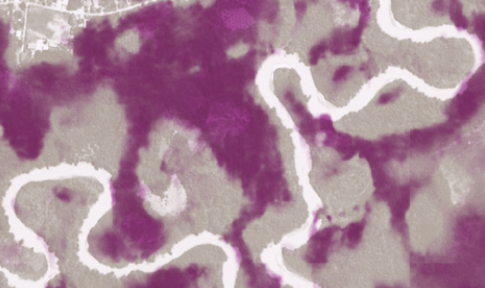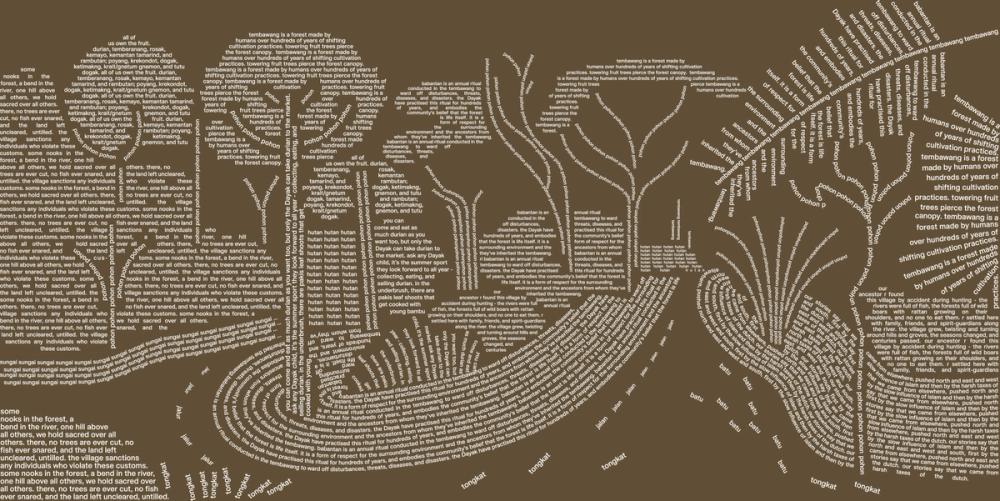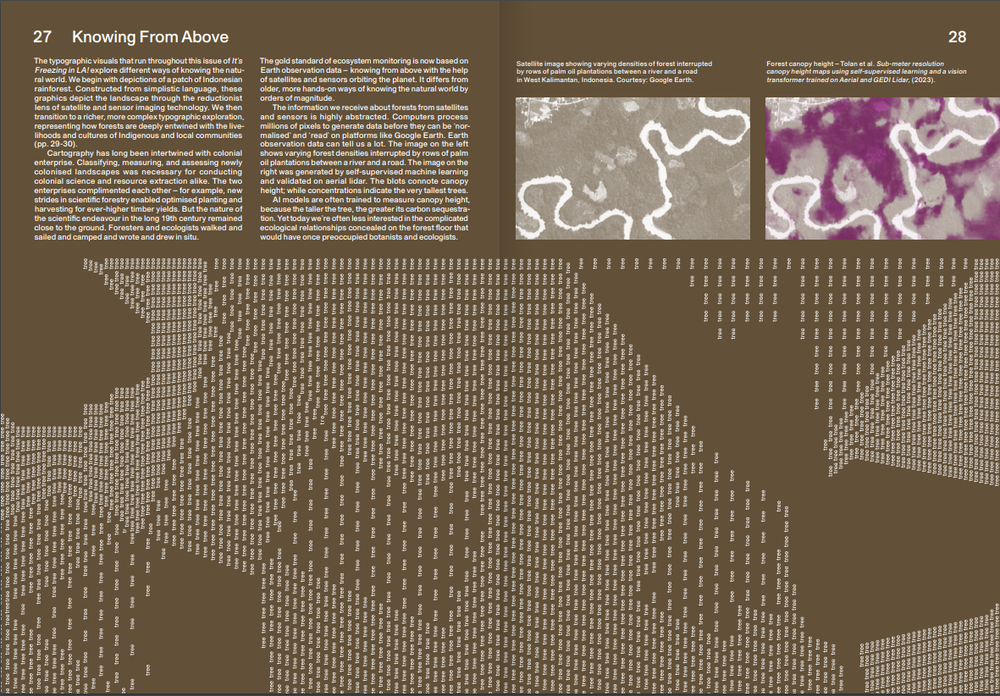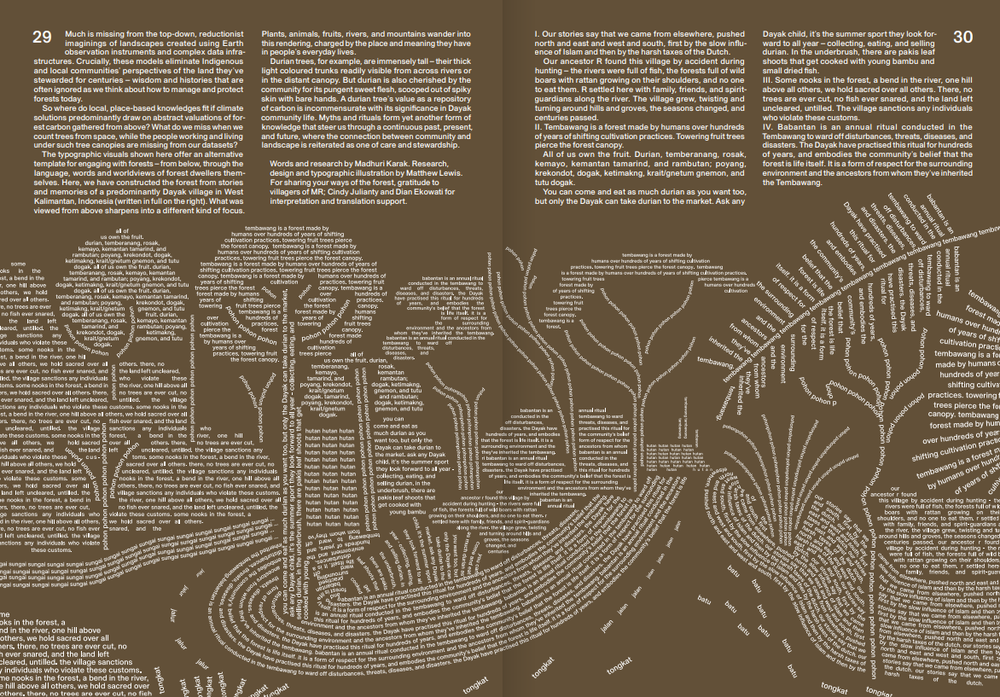More Reads
How Landscapes Remember
Ecologist Ana Kilgore explores the burgeoning field of landscape memory, looking at ways that large-scale ecosystems come to know and remember through their myriad interconnected components and processes. Edited by Jackson Howarth.
By Ana KilgoreKeep readingIgnorance is Bliss
Big tech companies have long used 'green' imagery to serve their own ends. In this article, Charlotte Rickards explores the green rolling hills and blue skies of Microsoft's 'Bliss', one of the most viewed images in history. She finds an unexpected, ironic story of globalism gone awry; a curious chapter in a long history of natural images divorced from the world they so casually claim to depict.
By Charlotte RickardsKeep readingDeath, Landscape, and the Environment
The matter that makes us will be here long after we are gone, but what kind of mark will we leave? In this IFLA! classic, from our Regeneration Issue, Phoebe Thomson explores deathscapes – 'landscapes of death' – and the legacies our bodies leave behind, from British cemeteries to Parsi Towers of Silence. She wonders whether a regenerative approach to handling death can breathe new life into old spaces. Illustrated by our very own Matthew Lewis.
By Phoebe ThomsonKeep reading
